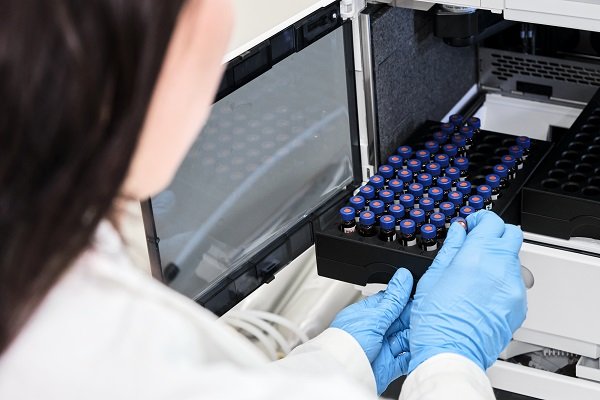Cold chain packaging is a highly specialized process that has been developed for the purpose of preserving perishable goods. The process is meant to retain the quality and freshness of products by keeping them at an optimal temperature that is not too hot or cold. Cold chain packaging can be used for a variety of purposes such as keeping foods, pharmaceuticals, and vaccines safe during transportation.
What is the Impact of Breaks in the Cold Chain Packaging Solutions on Temperature Sensitive Products
Breakages in the cold chain can cause spoilage and a loss in product quality. These breaks in the cold chain can be accidental or deliberate. The most common types of breaks that occur are movement between cooling and freezing, moving to an unregulated environment, or contamination by food or pests.
The purpose of the cold chain is to keep food, drugs, or biological cultures from spoiling. When this chain becomes broken, it can lead to a number of problems including susceptibility to spoilage, ineffectiveness of the product, and illness from the organisms.
The pharma industry is dependent on the cold chain. A report done by a major industry magazine found that 50% of product losses happened because of disruption in cold chain packaging.
Common Challenges
There are a lot of variables that can cause pharmaceutical products to spoil. Some reasons are due to temperature fluctuations while other reasons may be due to damage caused by rough handling or the use of a packaging material that is not suitable. The result is loss of revenue and a potential hit on the company’s reputation.
The pharmaceutical industry loses billions of dollars in revenue due to products that are damaged by compromised cold chain packaging systems. The food industry relies on the supply of cold chain packaging to keep their food safe. A disruption in cold chain logistics could have a long-term effect on the industry and cause a shortage in food products.
What are the Benefits of Cold Chain Packaging on Pharmaceutical Industry
Pharmaceutical companies face a number of challenges with their supply chain. The cold chain, which is the process of keeping medicine and other sensitive material refrigerated or at a controlled temperature, is one of the most important steps in ensuring the safety and efficacy of pharmaceuticals.
Pharmaceuticals require a specific temperature range to remain stable, and have to be delivered in a way that will ensure they arrive at the right temperature. This is why the cold chain is important– it ensures products are maintained at temperatures ranging from 2°C to 8°C throughout distribution.
The benefits of cold chain packaging for pharmaceutical companies are largely related to the quality of their products. Given the importance of pharmaceutical products, many companies also implement a “zero defect” policy which requires that any product that has been damaged during shipping be destroyed to ensure safety.
The range of pharmaceutical products varies from tablets, capsules, liquid and injectables. In order to preserve the quality of these products during the transportation, it is necessary for the products to be packaged in environments that are appropriate for the type of product and its packaging.
Precedence Research estimates that the size of the global cold chain market will exceed US$ 583.1 billion by 2030 and that it will expand at a CAGR of 15.1% between 2021 and 2030.
- Ensures that the drug is in its original form
- Prevents the growth of microorganisms in drugs
- Increased product life
- Protect drugs from outside environmental factors such as heat, humidity, and sunlight
- Reduced risk of spoilage
- Maintaining product quality and efficacy
What are the Benefits of Cold Chain Packaging in Food Industry
There are many food items we consume every day, which need to be stored in the right conditions in order to maintain the quality.
The cold chain is essential for transportation because it prevents growth of bacteria, reduces condensation, and maintains a constant temperature. The benefits of cold chain packaging in the food industry or meal kit providers are many. It allows the low temperature to be maintained for a long period of time and reduces the risk of spoilage, minimizes food wastage.
Food items that need to be kept at a specific temperature can be put into containers, which have been modified in order to maintain the desired temperature. One of these is an insulated packaging, but this is not the only type; there are many different types of packaging for food items.
The food industry is one of the most important users of cold chain technology as it provides a safe way to transport foods over long distances or keep them fresh for extended periods
Like other parts of the transportation industry, the cold chain is rapidly changing. The accuracy of the equipment used to transport perishable goods is increasing, and the risk of error is decreasing. There are many benefits to a cold chain process including the safety and quality of the food in transport, inventory management and cost savings for organizations.







